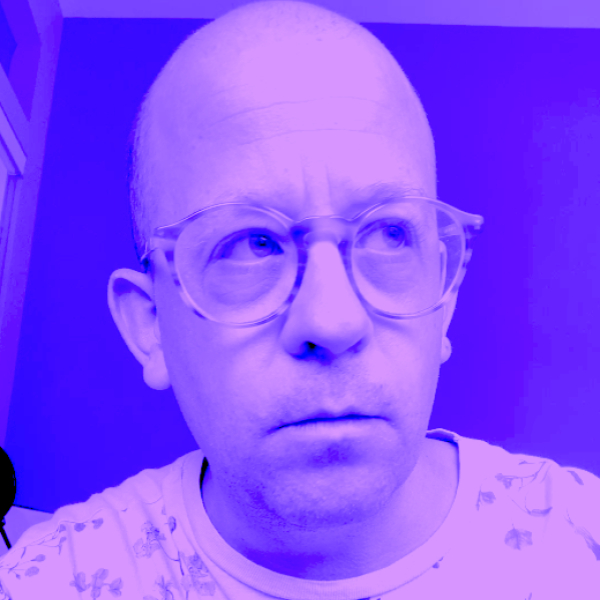
Kevan Gilbert Notes🎶📝
Music and musings from Kevan Gilbert: an online home for sharing, listening and connecting through words, music and ideas
By registering you agree to Substack's Terms of Service, our Privacy Policy, and our Information Collection Notice